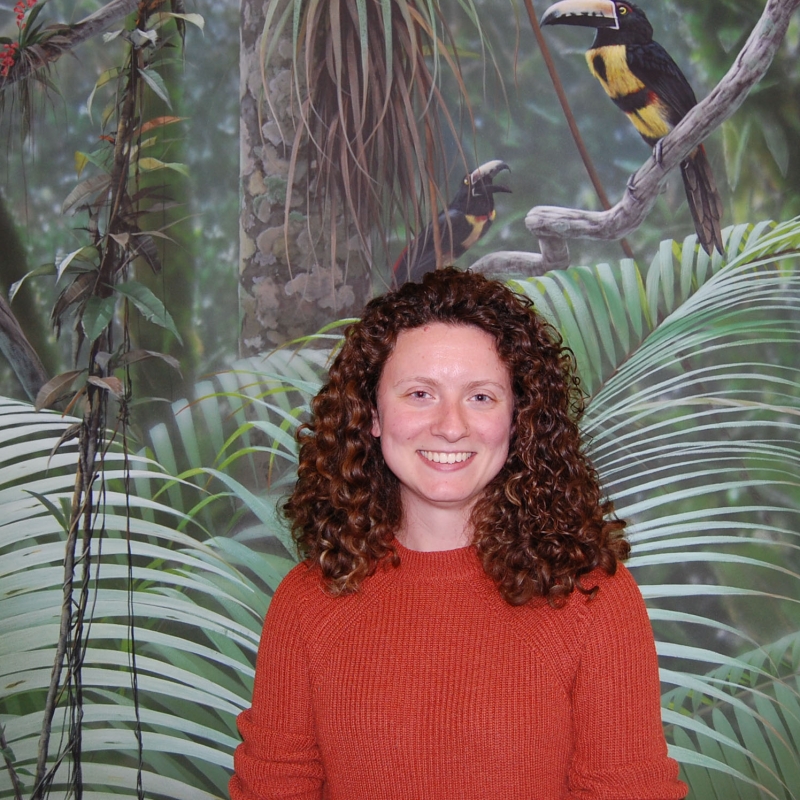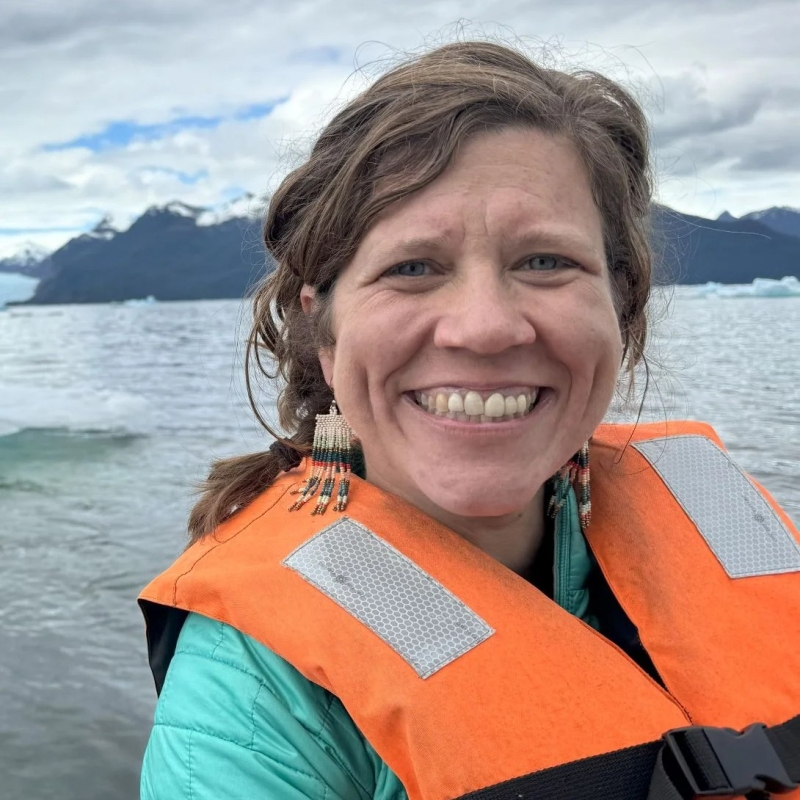Investigating Fitness Trade-offs In A Southern Ocean Predator, The Leopard Seal
Trait differences between males and females are widespread across the animal kingdom. Because these traits often lead to trade-offs that affect reproductive success and survival, understanding them is a fundamental question in biology. Leopard seals are large predators in the Southern Ocean and an extreme example of female-biased dimorphism in mammals, where females are the larger than males. Yet, the effects of these size differences are unknown. This project will investigate the causes and consequences of female-biased dimorphism in leopard seals and will generate new data on the life history, reproductive physiology, and breeding biology of this important and enigmatic polar predator. This information is critical for understanding leopard seals’ past, present, and future – from how the species evolved to predicting their resilience in an era of unprecedented environmental change.



